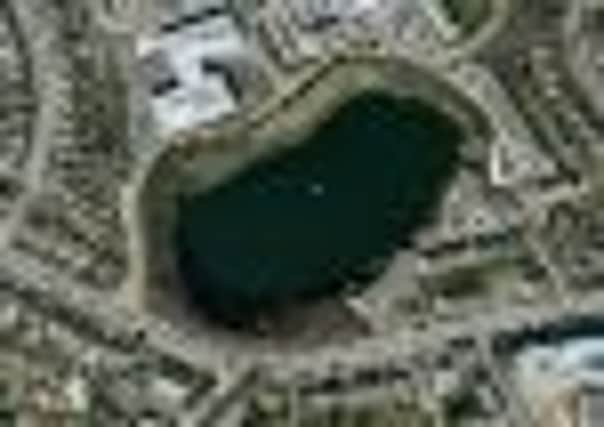Green light for Rubislaw Quarry office plan


The massive water-filled quarry provided the stone that made Aberdeen the “Granite City.” Over 231 years, a staggering six million tonnes of rock were hewn from the site before quarrying ceased in 1971, leaving a chasm almost 500ft deep.
But the derelict quarry is now set for a new lease of life through plans by development company Carterra Private Equities to built a five storey high office development adjacent to the northern edge of the quarry.
Views
Advertisement
Hide AdAdvertisement
Hide AdThe plan is to build the office block on a narrow strip of land at the edge of the quarry to provide 9,452 square feet of office space. The proposed building, designed by Aberdeen-based architects Michael Gilmour Associates, will be clad in light grey aluminium curtain walling with clear glazing to maximise the views across the quarry.
Dr Margaret Bochel, the city council’s head of planning, is recommending that the scheme be approved in a report to next Thursday’s meeting of the authority’s Development Management Sub-committee.
She states: “The site measures 0.96 hectares and at its widest point is approximately 42m and approximately 246m long. It comprises a narrow plateau area 10-15m wide adjacent to the road that runs through Hill of Rubislaw, after which the ground falls away steeply to the edge of the cliff face.
“The north boundary of the site is defined by a 2m high security fence and a line of established cypress trees which screen the site from public view. The south boundary of the site follows the top of the cliff face and has been colonised by predominantly scrub. Outwith the boundary of the application site, the remainder of Rubislaw Quarry is designated a Local Nature Conservation Site.”
Design
She continues: “The proposed shape of the building has been dictated by the shape of the quarry, creating a building that is an elongated curve sitting on the edge of the quarry. The simplicity of the contemporary design, the curved elevations and the quality of the external finishes result in a building of a high standard of design.”
Recommending approval, Dr Bochel adds: “There is no doubt that the development would contribute to the overall economy of the city by providing high-quality office accommodation in a reasonable central location. The Hill of Rubislaw development is recognised as an area having high environmental quality and it clearly attracts investment into the area, which is evidenced through the existing business base within the wider site.
“Although the number of jobs generated by the development has not been specified, the proposal would at the very least help to keep jobs within Aberdeen. There is undoubtedly a strong argument to support new office and business development within the city in order to create and retain jobs in Aberdeen and to help stem the outflow of existing businesses to other locations. It could potentially attract inward investment and jobs.”